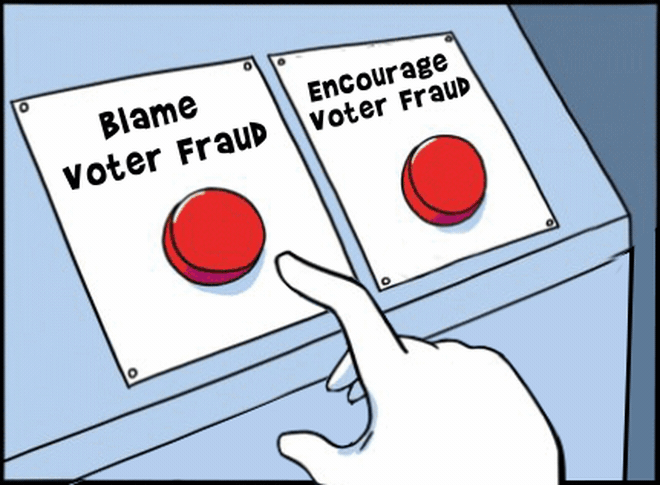MplsGopher
Well-known member
- Joined
- Nov 4, 2017
- Messages
- 36,668
- Reaction score
- 10,149
- Points
- 113
That’s not what I was indicating. That statement refuted the (silly) idea you were pushing: that so long as there are no hospitalizations among college students, that’s all that matters.The post to which I responded stated:
“Your data proves that no person can be infected and hospitalized by an infected college student who doesn't need to be hospitalized?”
My point is that although less, people still end up hospitalized and dead from the flu. You were indicating that 0 hospitalizations is the threshold for COVID. That’s why I am wondering what will make YOU happy.
In other words, you’re implying that it shouldn’t matter that an infected college student that doesn’t need hospitalization but then infects someone else who does need it, actually doesn’t matter.
Clearly false, which was the point of my post.
It is possible to die from seasonal flu (apparently, I had never heard of such a thing before covid ... though I highly doubt it is possible without other things contributing to the death), and it is possible that a student-athlete (who didn’t need to go to the hospital for the sickness) infected them.
And, we’ve never shut down athletics because of that possibility. And we never will. And I agree with that.
You argue that it’s exactly the situation here. Of course, that’s absurd. You demand an exact quantification of the probability difference. And I will continue to refuse to give it to you. 1) because it’s impossible to calculate, and 2) because it would be an exercise in futility anyway. Each side would just claim that the number, whatever it actually is, does or doesn’t prove that their worldview regarding the pandemic response is correct.


